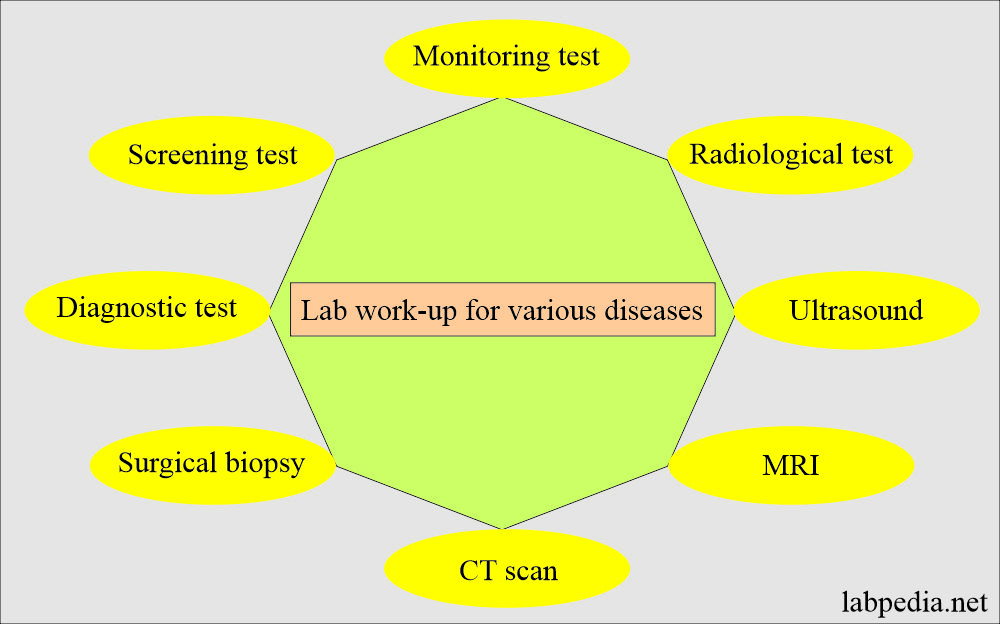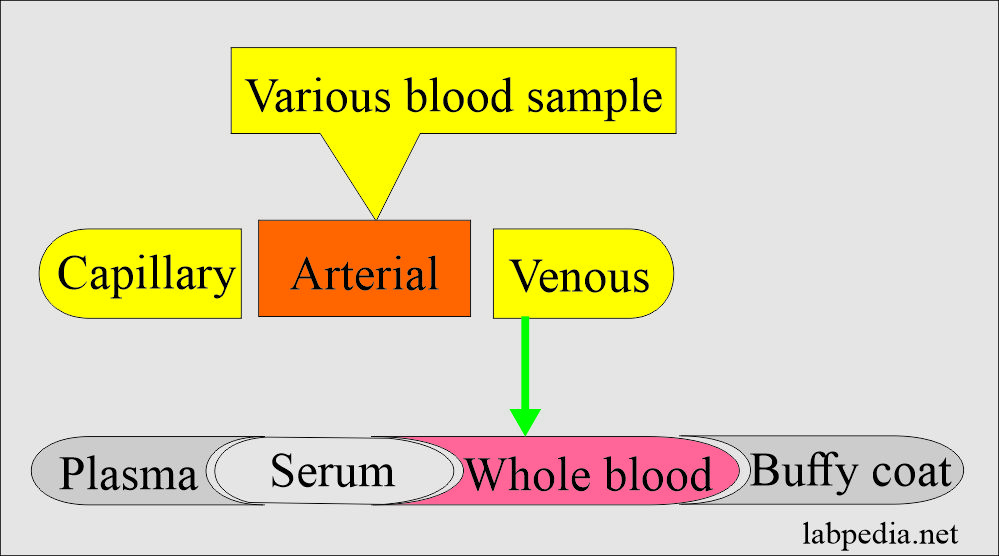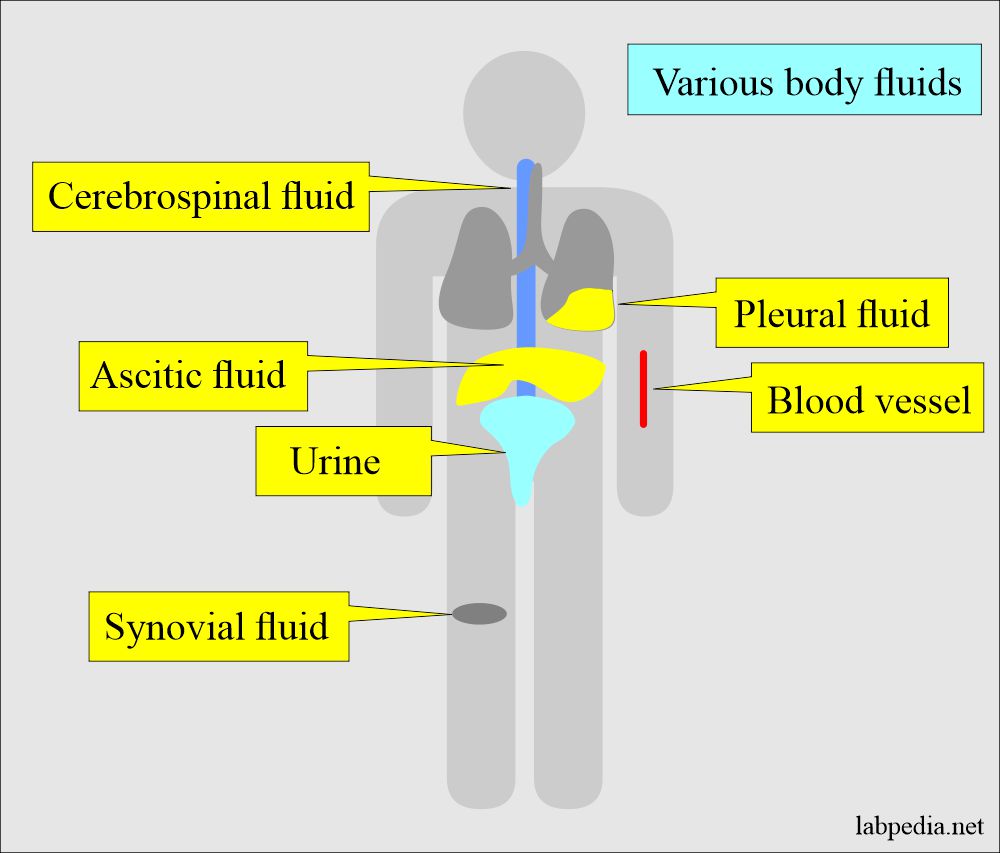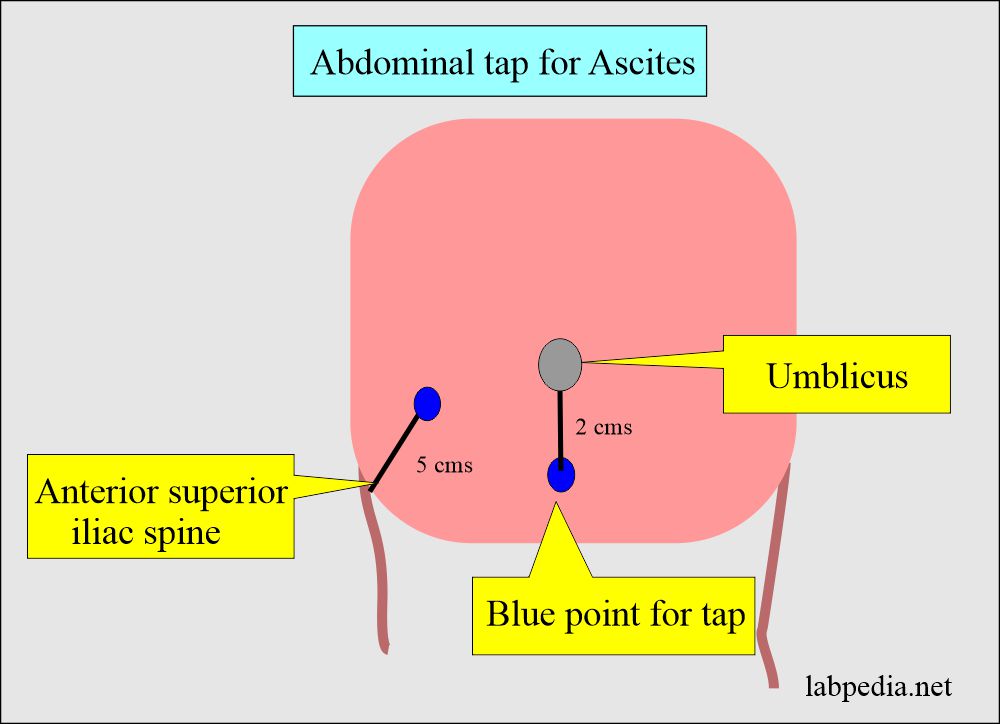Lab Workup to Diagnose Diseases, Factors Effecting the Tests
Lab Workup to diagnose diseases
- There are various tests to diagnose the diseases. We can discuss one by one of these tests to diagnose the diseases.
What are the various types of tests to diagnose diseases?
- There are various tests done to diagnose and monitor the disease. These are as follows:
- Screening test:
- These are the simplest ways to suspect diseases like sugar in the urine, indicating diabetes.
- Raised levels of PSA may need to rule out the possibility of prostatic cancers.
- Fecal occult blood may need to rule out colon cancer.
- Diagnostic tests:
- These are specific tests to confirm the disease like colon biopsy to confirm colon cancer.
- ECG to confirm heart disease.
- Hormones like T3, T4, and TSH diagnose thyroid diseases.
- Monitoring or follow-up tests:
- These tests are done to know the progress of the disease.
- CA 125 may increase the uncontrolled spreading of ovarian cancers.
- ESR may become normal in patients with tuberculosis.
- Serial estimation of liver enzymes gives the idea of improving or deteriorating liver function.
- Surgical procedures:
- These are like a biopsy, or FNA ( fine needle aspiration cytology ) may give the diagnosis of cancers or benign lesions.
- A liver biopsy may give us the grades of chronic hepatitis or malignancy.
- FNA of the breast is a very useful tool for diagnosis with an accuracy of above 95 % benign or malignant breast diseases.
- Radiological procedures:
- Nowadays, radiological procedures are advanced to diagnose various diseases of the bone, like benign osteochondroma or malignant osteogenic sarcoma.
- Barium meal or Barium enema can diagnose GIT diseases.
- Ultrasonography:
- This specialty has progressed a lot. It is a non-invasive procedure and helps diagnose any mass in the liver, ovary, or any other part of the body.
- This can also be used for the follow-up of tumors.
- This can be used to guide the FNA procedures.
- CT scan:
- This is computerized tomography, and it gives more detailed information than a simple X-RAY.
- This can also give a better estimate of the size of tumors.
- This is a very useful tool for diagnosing brain pathology like CNS tumors.
- MRI:
- This is magnetic resonance imaging and is more accurate than a CT scan.
- It can detect a tumor size of even 5 mm in diameter.
What is the significance of tests in various body fluids?
- Body fluids like CSF, ascitic fluid, or Pleural fluids can also help diagnose various diseases.
- Like ascitic fluid, cytology may tell you the presence of malignant cells.
- CSF examination differentiates various types of meningitis.
What are the various samples collected from the patients?
- There are the following body fluids samples used in the routine.
Venous blood:
- Venous blood is easy to collect, telling the body’s physiologic condition.
- Most tests like LFT, Kidney function tests, CBC, and other biochemical tests are done on venous blood.
- This sample can be collected using a sterile needle from prominent veins like arms and hands.
- Risk: The major risk in this procedure is a local hematoma. and infection is almost nonexistent.
- Precaution: Don’t take the blood when the patients have an intravenous infusion.
- A fasting blood sample means a fast of 8 to 12 hours when no food or liquid is taken.
- The postprandial blood sample is taken after a meal.
- Two hours of postprandial blood is taken in the patient with diabetes mellitus.
Arterial blood:
- Arterial blood is needed to estimate blood gases.
- The blood sample is usually taken from the femoral artery in the groin.
- The radial artery at the wrist.
- The brachial artery at the elbow.
- The neonates can get blood from the umbilical artery.
- Taking blood from the artery needs an experienced person like a doctor, trained nurse, or technician.
Capillary blood:
- Capillary blood is taken in newborns or infants.
- Usually, the prick is done on the fingers or heel.
Serum:
- The whole blood is allowed to clot, where all the clotting factors are removed by clotting.
- The best way is to keep the blood at 37 °C for 20 to 30 minutes, then clear serum will come up, leaving clotted blood at the bottom; or you can centrifuge the blood to get the clear serum.
- Procedure to get good serum:
- Take blood in the test tube, leave for 20 to 30 minutes, and then centrifuge for 2 to 5 minutes, and you will get the clear serum.
- Not good serum:
- If the serum is reddish, discard it because it shows hemolysis.
- Hemolyzed serum interferes with the various tests.
- The serum is usually used for biochemical tests, hormones, and tumor markers.
Plasma:
- Plasma is obtained from the blood, which contains an anticoagulant.
- Mix anticoagulant into the blood and centrifuge it. We will get a clear plasma at the top and bottom with RBC, WBC, and some clotting factors and proteins.
- This can be used for various tests but is not a good substitute for serum.
Pleural fluid:
- This fluid is present in the pleural space.
- The needle takes this fluid out, and the procedure is called Thoracentesis.
- This fluid is analyzed to diagnose malignancy and may be used for culture and biochemical tests.
Ascitic fluids:
- This fluid is collected from the abdominal cavity in case of ascites.
- This ascitic fluid may be analyzed to diagnose benign or malignancy. Also, some biochemical tests are done.
Synovial fluids:
- This is the joint fluid aspirated aseptically, and its analysis diagnoses its formation.
Cerebrospinal fluid:
- This fluid is present in the spinal canal and brain.
- It is aspirated from the spinal canal aseptically.
- A physician or anesthetist usually does this procedure.
- This fluid is used to diagnose various types of meningitis and can be cultured to find the causative organism.
Urine:
- Random samples may be taken for urine analysis.
- You can also collect 24-hour samples for urinary protein, urea, creatinine, or other biochemicals.
What factors affect the lab tests?
Hemolysis:
- Whenever there is traumatic venesection that leads to hemolysis due to rupture of the RBC.
- These RBCs release various enzymes and chemicals which interfere with the results. e.g., Potassium is quite high in haemolysed serum.
Anticoagulants:
- If added in, an increased amount will affect the results.
Temperature:
- Some tests are sensitive to temperature, and frozen serum or plasma may be needed to preserve those chemicals. For example, the ACTH level needs frozen plasma.
- Some tests need a serum to be at room temperature.
Fasting samples:
- Some of the tests need fasting samples, like fasting glucose levels.
- We need a fasting sample for the Lipid profile because you will get higher values on the random sample.
Drugs interference:
- Some drugs like aspirin, vit C, cold tablets, pain relievers, and antacids alter the test result.
Sleeping habits and diet:
- It may alter the level of the hormone.
Diurnal variation:
- Keep in mind the diurnal variation of some of the tests.
Exercise:
- It may affect the test results.
Food intake like:
- Food containing caffeine which may affect the tests.
- Smoking containing nicotine will affect the tests.
- Alcohol intake will affect the tests.
What precautions will you take when taking a blood sample?
- If you apply a tourniquet and take blood for calcium, the values will not be correct.
- If you squeeze the finger to get adequate blood, the values will be less accurate because of the dilution effect.
- While interpreting the values of a test, keep in mind age, sex, height, and weight.
What precautions will you take before performing the lab tests?
- It is best to perform all the tests within 45 minutes to one hour after collection.
- Separate the plasma as soon as possible; don’t delay more than two hours.
- Premature separation of the serum will cause microclots. It may block the pipettes.
- Coagulation in the plastic containers is delayed more than 20 to 30 minutes.
- If the test is delayed, properly store the sample at the appropriate temperature.
- If the serum’s separation is delayed, keep the blood at room temperature to avoid hemolysis.
- If the test is not performed immediately, keep the serum at 4 °C.
- Centrifuge the tubes with the cap on them; otherwise, evaporation will occur.
- The serum is needed for electrophoresis.
- For gases and ammonia, whole blood is needed.
- The serum is the best option for clinical chemistry, but plasma may be used.
- For plasma preparation, centrifuge the blood within one hour of sample collection for 10 minutes at 850 to 1000 X gravity.
- Cap the bottle to avoid evaporation.
How will you do the abdominal tap for ascitic fluid?
- Taping peritoneal fluids is advised during this procedure.
- Usually, a 20 to 18-gauge needle is used.
- Usually, the lateral side of the abdominal wall, lateral to the umbilicus, is used; this site is sterilized before the procedure.
- One of the useful values in the peritoneal fluid is protein level, which is low in transudate=< 3 g/ dl and high in exudate=> 3 g /dl. The high protein may be due to inflammation or malignancy.
- Unclotted blood indicates hemorrhage in the peritoneal cavity.
- The presence of inflammatory cells suggests pancreatitis, appendicitis, organ rupture, or malignancy.
- Normally, there are few mesothelial cells.
Questions and answers:
Question 1: How much is protein in the exudate?
Question 2: Is there any effect of diurnal variation on the lab tests?






